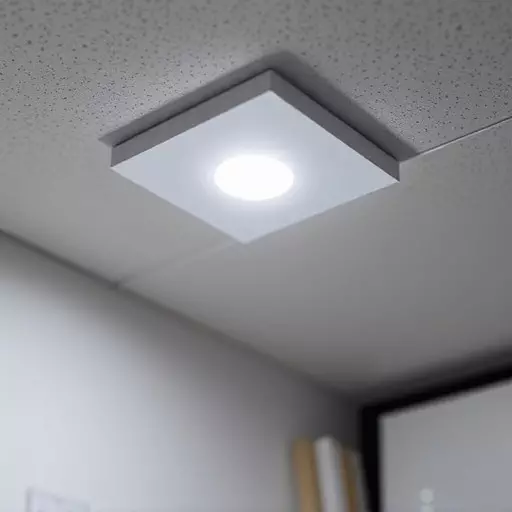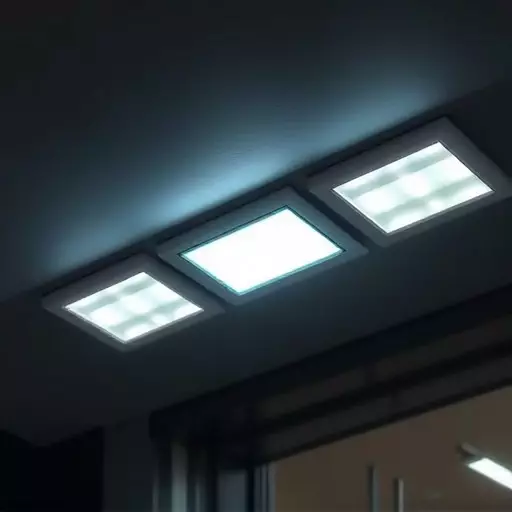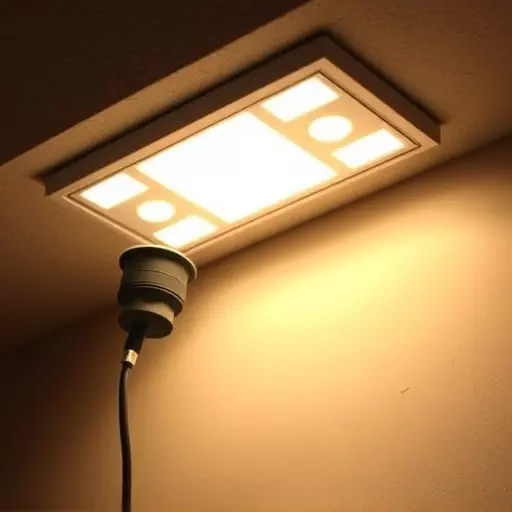Ensure your critical infrastructure is prepared for the unexpected with professional emergency light installation in Jacksonville. This comprehensive guide delves into the essential process, outlining the steps involved in ensuring optimal safety and continuity. From understanding the local regulations to selecting the right types of emergency lights, we explore the benefits that come from a well-planned installation strategy. Discover how these measures can revolutionize your facility’s preparedness, offering peace of mind during critical situations.
- Understanding Emergency Light Installation Process in Jacksonville
- Benefits of Emergency Light Installation for Critical Infrastructure
- Types of Emergency Lights for Installation in Jacksonville
Understanding Emergency Light Installation Process in Jacksonville
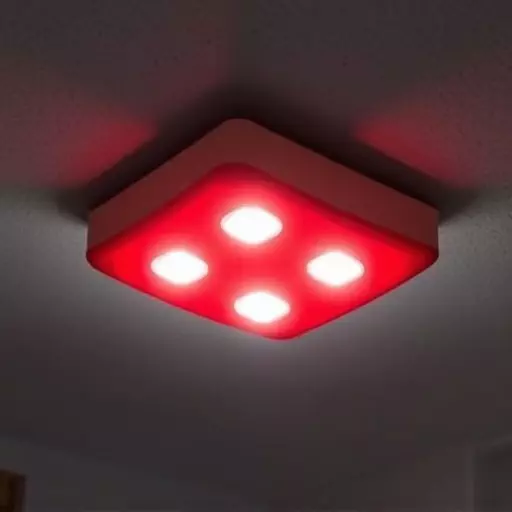
Benefits of Emergency Light Installation for Critical Infrastructure
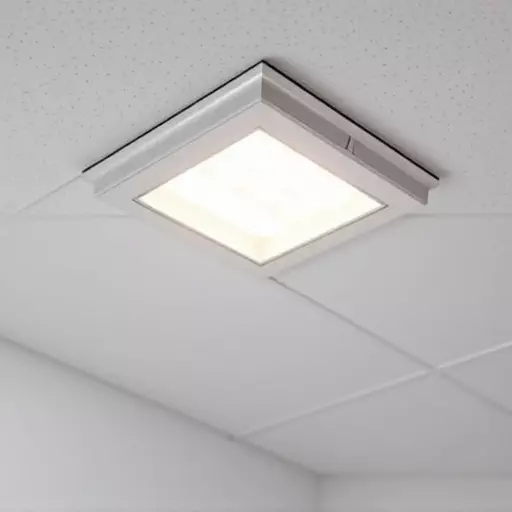
Types of Emergency Lights for Installation in Jacksonville

In Jacksonville, the emergency light installation process involves selecting the right type of lighting solution to ensure safety and efficiency during power outages or emergencies. The primary types of emergency lights for installation include LED, fluorescent, and halogen lights. Each has unique benefits. LED lights are energy-efficient, long-lasting, and produce minimal heat, making them ideal for environments where temperature control is crucial. Fluorescent lights, known for their bright illumination, are also popular due to their cost-effectiveness and ability to provide reliable backup lighting. Halogen lights, though less common today, still have their place in certain applications, offering intense light output and a relatively long lifespan.
Choosing the right type of emergency light depends on factors such as the facility’s specific needs, budget, and desired level of brightness. The benefits of emergency light installation in Jacksonville are manifold, including improved safety for occupants, reduced risk of accidents during emergencies, and enhanced operational continuity, especially in critical infrastructure sites like hospitals, schools, and government buildings.
